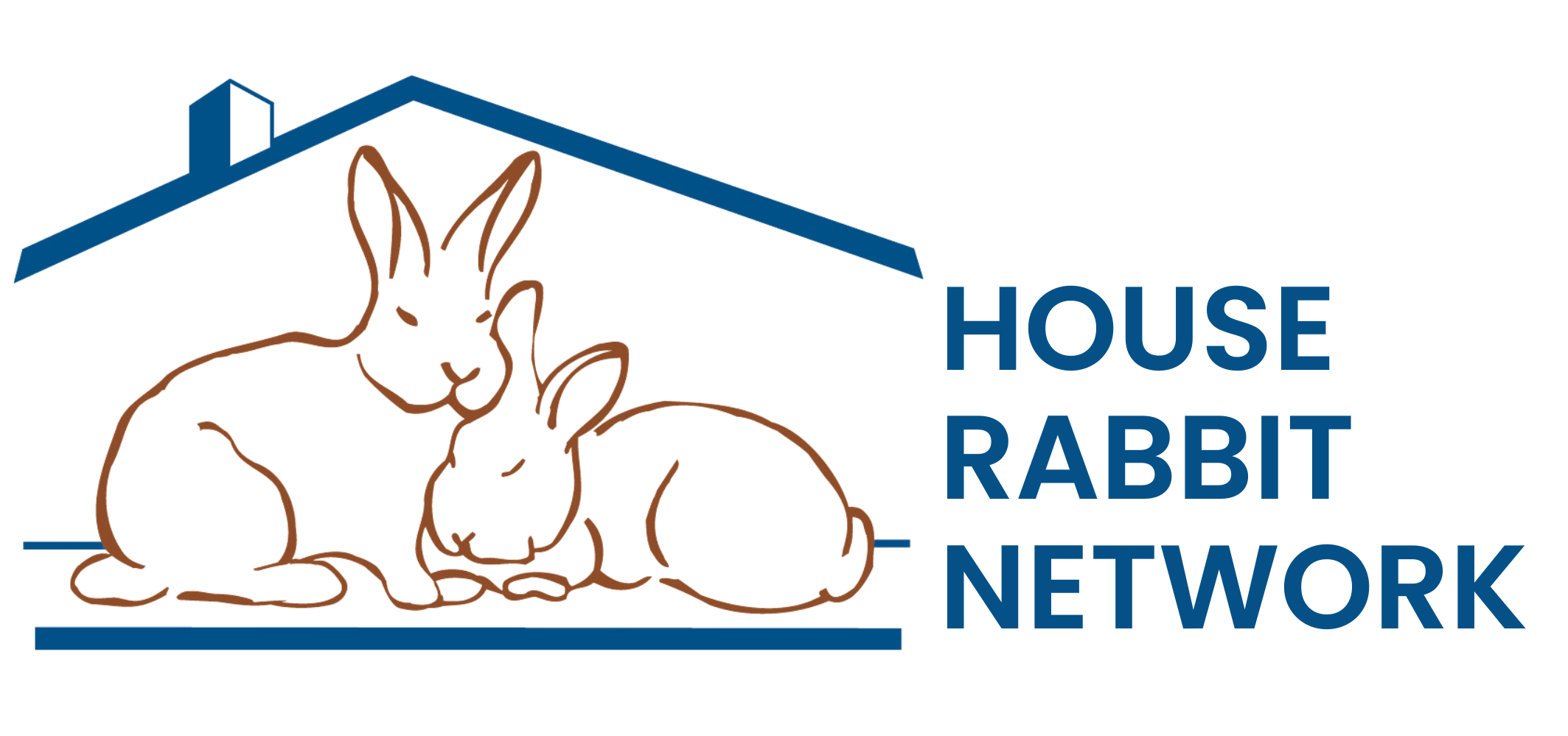All About Hay
by
A.A.
Hay is the main staple of the rabbit diet and is the only food rabbits should have unlimited access to. Rabbits require a diet high in indigestible fiber in order to maintain healthy digestive systems and teeth. However, there are different types of hay and knowing what your rabbit needs is extremely important. The first thing to note is that pellets and straw are never acceptable substitutes for fresh hay. Pellets were developed to be a cheap alternative to hay, and are very detrimental to a rabbit’s health when used as a primary food source. Straw has little nutritional value and is too low in calories to sustain a rabbit.
Grass hay is what wild rabbits eat and should also make up the bulk of an adult house rabbit’s diet. Research has suggested that wild rabbits have far fewer instances of GI Stasis (digestive system slows down or stops completely) due to fur ingestion than house rabbits, in part because of a diet high in grass hay. Timothy hay, which is bunchgrass, is a good option and is easy to find. It provides protein, vitamins, and other essential nutrients in a form that a rabbit’s system can easily handle. Other types of healthy grass hay are orchard grass, oat, and brome. Grass hay is essential but not all bunnies like every type, so try different varieties or feed them a mix to see what your rabbit prefers. Keep in mind that rabbits not only eat hay but they like to use it as a bathroom as well. As long as your rabbit is eating the hay, the fact that she also pees on it is not a rejection.
Alfalfa hay is also readily available but the consensus of vets is that it should only be fed to rabbits in certain circumstances. Alfalfa is legume hay and differs from grass hay in that it’s higher in calcium, higher in calories, and lower in fiber. Too much calcium causes serious problems, such as bladder stones, in otherwise healthy rabbits. However, rabbits that are pregnant, nursing, under 6 months old, or underweight and calcium deficient can be given alfalfa because they need the extra calcium it provides. Conversely, alfalfa should be completely off-limits to rabbits that are overweight or suffering from bladder or kidney issues. Because alfalfa is essentially junk food, rabbits raised on it may initially be reluctant to give it up cold turkey. They can be given a mix of alfalfa and grass hay at first and weaned off of alfalfa over time.
Hay fields are cut several times a season and bags are usually labeled as first or second cut. They have slightly different nutritional values in terms of protein and fiber content but both are healthy as long as the hay is high quality, though many rabbits do prefer the taste of second cut. When choosing hay, quality is important. Look for hay that is mostly green, not brown, yellow, or full of straw. Hay should smell fresh and bend rather than snap. Check to make sure there’s no mold, dust, or large amounts of other plants mixed in, as these can be hallmarks of poor-quality hay. Bunnies are notoriously picky and typically won’t eat unappealing hay anyway, so it’s not only bad for bunny health but a waste of money. Of course, since hay fields are not enclosed, most batches won’t be pristine; it’s normal to occasionally find some thorny plants, chunks of dirt, rocks, or even the occasional dead mouse or garden snake, so inspect your hay every time and pick out the debris.
To keep hay fresh, store it in a cool, dry place, keep it out of direct sunlight, and avoid storing it in airtight containers or bags, as this can cause mold to develop.
Most varieties of hay can be found in pet supply stores, online, or mail order. Bales of hay can also be purchased from local farms or feed stores. Sometimes, big-box stores carry a lower quality hay, so seek out local retailers who sell reliable brands.
